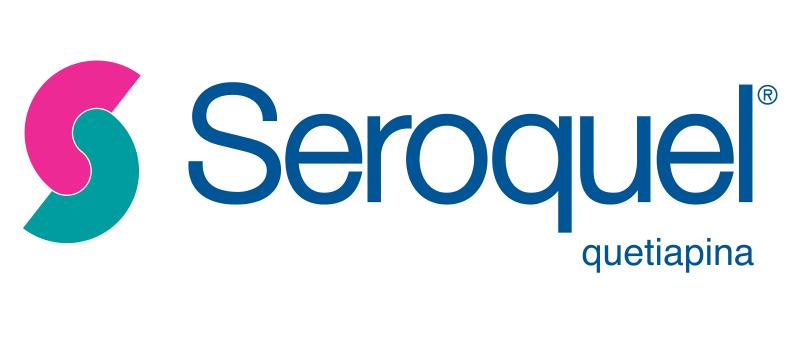Used as a psychotropic drug to treat schizophrenia, Seroquel and Seroquel XR (quetiapine fumarate) is used in treatening patients over the age of 13. While it is used in treating also depression and biopolar disorder, the FDA has stated that patients who have used Seroquel are at a much higher risk of death rather than using a placebo. Although the causes of death during trial were varied, most had seemed to be from heart failure, or sudden death.
In September 1997, the FDA had first approved Seroquel for schizophrenia. In 2010, the company’s manufacturers, AstraZeneca had gained over $5.3 billion worth of Seroquel sales. Most physicians use Seroquel in combination with with divalproex or lithium. Health care physicians have speculated that Seroquel blocks domaine receptors(Type 2) and serotonin(Type 2) receptors in the brain. Although according to Seroquel’s label, scientist do not know the actual mechanism of action Seroquel takes.
Seroquel lawsuits have been taken to trial all over the US against the manufacturers, AstraZeneca. AstraZeneca had settled a lawsuit for $520 million in 2010 with the US Department of Justice due to their illegal marketing of Seroquel during off-label uses and failure to warn the serious side effects caused by Seroquel. There were also 27 states in the US in 2011 who settled additional claims against the company for over $68 million. There has been a “black box” issued on Seroquel, being the most extreme type of labeling given by the FDA.
Neroleptic Malignant Syndrome (NMS), is a potentially fatal disorder and its association with antipsychotic drugs, including Seroquel, has been reported.
Some of these NMS symptoms include:
- Altered mental states
- Muscle rigidness
- Irregular heartbeat
- Excessive sweating
- Blood pressure problems
During research done by the FDA, it was found that young people using Seroquel to treat a serious depression disorder, were much more prone to have suicidal thoughts or behaviors than others who took a placebo. It was calculated that for every 1,000 patients younger than 18, Seroquel had been the cause for 14 additional suicidal behaviors and ideas. Within the age groups of 18-24, at least 5 additional cases of suicide thought and behavior using Seroquel were reported.
The FDA had announced in 2011 a Seroquel revision of the label, stating their concern for heart related side effects. In a New York Times post, it was said that seventeen people had reported to the FDA they had been experiencing abnormal heart activity after they had taken more than the recommended dose prescribed of Seroquel. The new label given by the FDA lists to doctors and other health care physicians should avoid prescribing the following drugs when using Seroquel: Procainamide, Amiodarone, Ziprasidone, Quinidine, Thioridazine, Sotalol, Gatifloxacin, Moxifloxacin, Methadone, Chlorpromazine, Levomethadyl Acetate, and Pentamidine.
If you or your loved one is now experiencing side effects after taking the drug Seroquel, you need to turn to a legal advisor today. You may be eligible to obtain compensation for any pain or suffering you may have been caused.




15 Comments